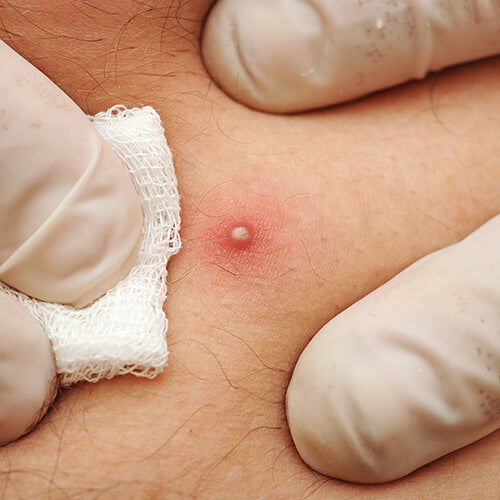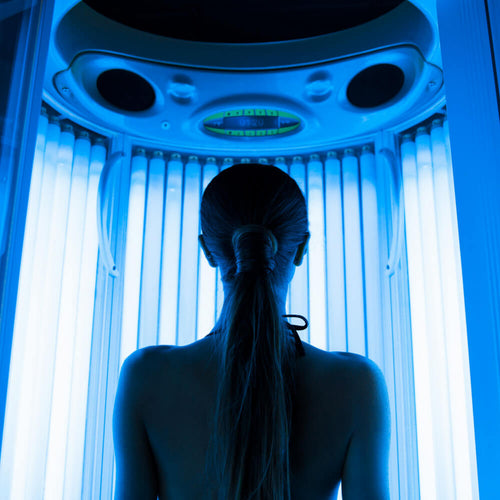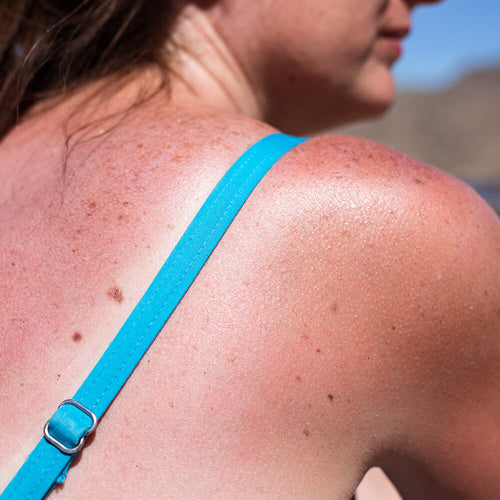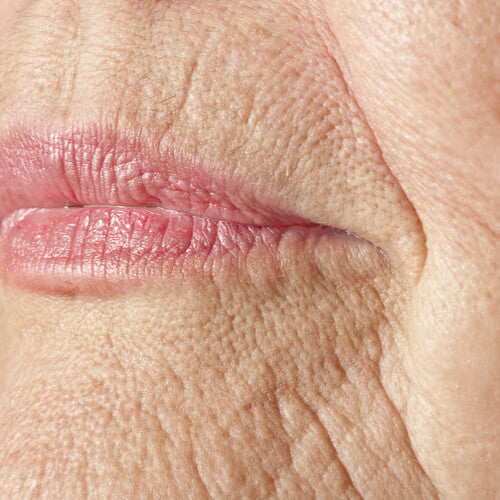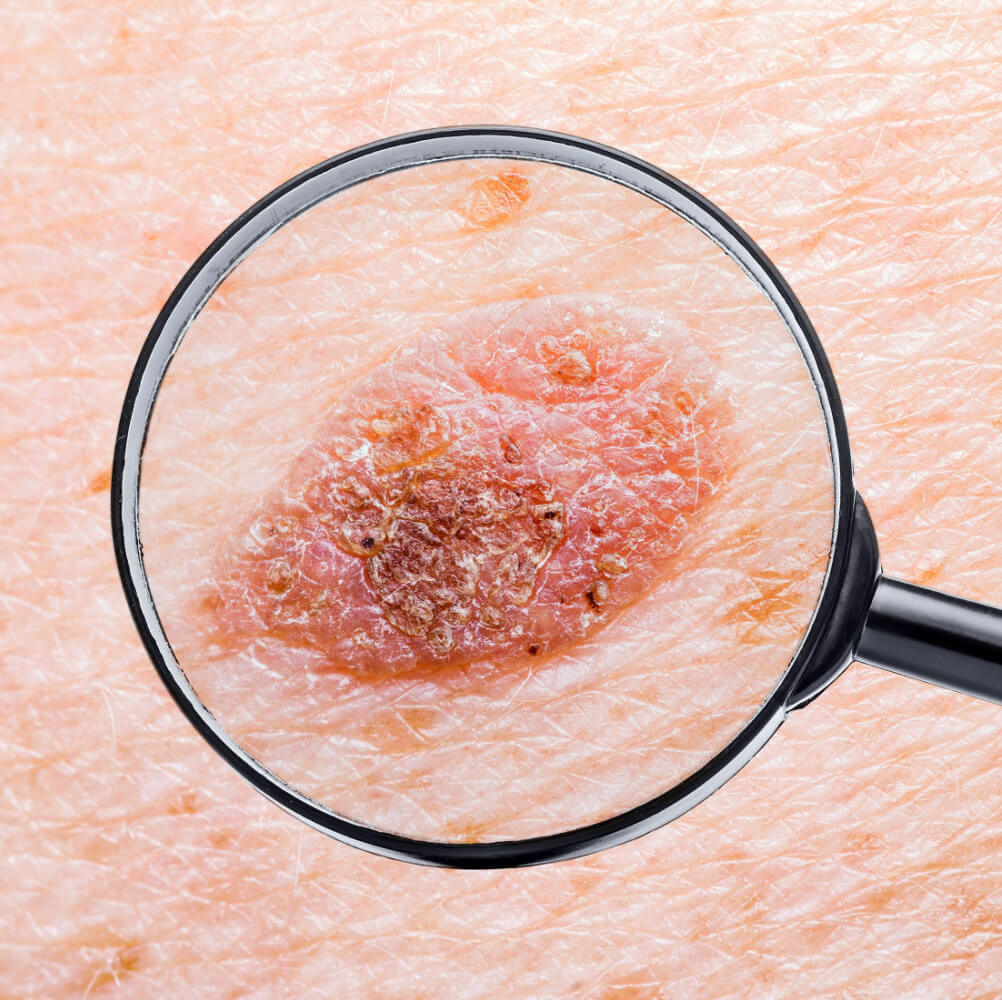
Could It Be Skin Cancer? The ABCDE Signs to Look For
No need to stress — educate yourself to help prevent and detect signs of skin cancer early.Published:
3 minute read
So how can you tell if a mole is just, well — a mole — and when could it be something worse? Whether you’ve just noticed a new spot on your skin, or you’re wondering if that old freckle really does look different from the last time you remembered to check…it’s easy to get rattled when you suspect it could be skin cancer.
It might be — after all, skin cancer is one of the most common kinds of cancer in the world — but it also might be nothing. Instead of stressing, says Sandra Lee, MD (aka Dr. Pimple Popper), empower yourself and learn the top warning signs of skin cancer — the ABCDEs. Here are her tips on how to protect yourself.
Know the types of skin cancer
Thankfully, skin cancer is one of the most preventable forms of cancer. It’s classified into three main types — but don't attempt to self-diagnose. Visit your dermatologist if you have any suspicious moles or lesions.
Basal cell carcinoma is the most common type of skin cancer. It usually appears as a small, shiny bump or a red, scaly patch. It rarely spreads to other parts of the body but can be locally invasive and can cause damage to surrounding tissues if left untreated.

Squamous cell carcinoma is the second most common type of skin cancer. It often appears as a rough, scaly patch or a wart-like growth. It can also spread to other parts of the body if left untreated.

Melanoma is the most dangerous type of skin cancer. It usually appears as a new or changing mole or pigmented area on the skin. Melanoma can spread quickly to other parts of the body and can be fatal if not detected and treated early.

It's worth noting that these sample photos are for reference only, and not meant to aid in a skin cancer diagnosis. If you have any spot or lesion you're concerned about, please see your dermatologist.
Learn the ABCDE method of detecting melanoma
One of the best ways to detect this deadly skin cancer early is to perform regular self-exams of your skin, following the ABCDE method:
- A is for Asymmetry: if one half of a mole or birthmark looks different from the other half, it may be a sign of melanoma.
- B is for Border: a mole or skin lesion with a poorly defined or irregular border may be a sign of melanoma.
- C is for Color: a mole or skin lesion with more than one color or an uneven distribution of color may be a sign of melanoma.
- D is for Diameter: melanomas are usually larger than the size of a pencil eraser (about 6mm), but they can be smaller.
- E is for Evolving: any change in the size, shape, color, or elevation of a mole or skin lesion, or any new symptom such as bleeding, itching or crusting may be a sign of melanoma.

Take steps to prevent skin cancer
Prevention is key when it comes to skin cancer. Here are some tips to help reduce your risk:
- Use sunscreen: apply a broad-spectrum sunscreen with an SPF of at least 30 every day, even on cloudy days. Try: SLMD Dual Defender SPF 30.
- Seek shade: avoid direct sun exposure during the peak hours of 10 a.m. to 4 p.m.
- Wear protective clothing: wear UV-rated fabrics, a wide-brimmed hat and sunglasses.
- Avoid tanning beds: tanning beds emit high doses of UV radiation, which can increase your risk of skin cancer.
- Get regular skin exams: schedule regular skin visits with a dermatologist to check for any changes in your skin.
- Stay informed: stay up-to-date and educated in terms of both prevention and detection — and share what you know with friends and family.

Dr. Lee's Last Word
Skin cancer can be a scary topic for people — but when you know what to look for, and how to protect yourself, you won’t have to worry. ALWAYS wear sunscreen, examine your skin regularly, and go see your dermatologist on a regular basis to get checked.



